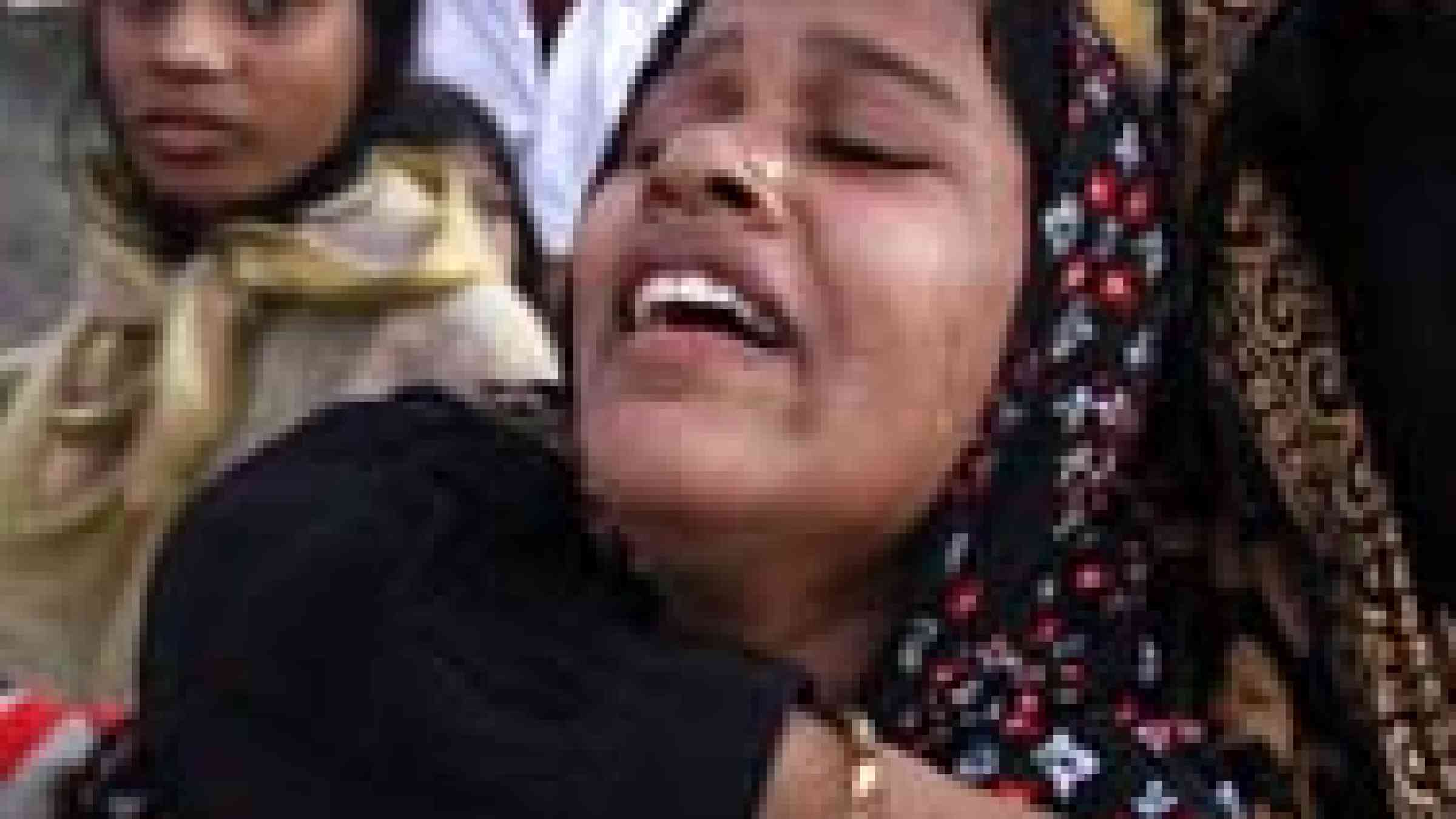Please help us improve PreventionWeb by taking this brief survey. Your input will allow us to better serve the needs of the DRR community.
Bangladesh: megaphones save thousands

IRIN news
A simple early warning system that used local volunteers shouting through megaphones to warn people about the impending cyclone saved thousands of lives when Cyclone Sidr hit Bangladesh last week, and the system proved so effective that it might even become a model for other countries.
"What they did is brilliant," said Maryam Golnaraghi, chief of disaster risk reduction at the World Meteorological Organization (WMO) in Geneva. She estimated that the roughly 3,000 death-toll (still rising) might have been "hundreds of thousands" higher had early warning systems not been in place.
"They have rolled out a very cost effective, very sustainable mechanism that is even inspiring policy makers in developing countries," Golnaraghi said.
A cyclone of a similar magnitude that hit Bangladesh in 1991 killed 190,000 people. An even stronger one in 1970 left 300,000 dead and was the trigger for the early warning mechanism being put in place.
"Without this system, the losses would have been as bad as the cyclone in 1991," said Salvano Briceno, director of the UN International Strategy for Disaster Reduction.
Improved early warning technology
The authorities in Bangladesh first got news of the impending crisis 72 hours before the category four tropical cyclone, which was then still forming over the Bay of Bengal, made landfall.
The WMO's global cyclone observatory started feeding data to its regional outpost at the Indian Meteorological Office in New Delhi, which in turn triggered Bangaldesh's government to sound the alarm.
"Technology for monitoring tropical cyclones has significantly improved over the last 20 years. The ability to observe these phenomena and be able to forecast their strength and where they will make landfall has been critical in enabling countries to develop emergency preparedness programmes," said Golnaraghi.
Chain of communication
The message was relayed from New Delhi to the Bangladesh authorities in the capital Dhaka, who passed it on to the local Red Crescent office.
From there, to get the message out to the 15 of Bangladesh's 64 districts which were affected, a network of 40,000 Red Crescent volunteers, who had been trained specifically for this task, were mobilized.
They cycled around the country, using megaphones to order residents into the 1,800 cyclone shelters and 440 flood shelters. By the time Sidr slammed into the coast on 15 November, around two million people were already sheltered.
Low tech
"It's as low tech as you get. It's basically a project centred around preparing people for disasters by using community based volunteers who do everything from street theatre to school education and lectures to women's groups," said Bhupinder Tomar, senior disaster preparedness officer at the International Federation of the Red Cross and Red Crescent in Geneva.
"They set up a committee with groups for warning, first aid, shelter, and relief. When early warnings are passed on they cycle around alerting people, even shouting through megaphones. The only hi-tech bit is the radios by which the headquarters in Dhaka passes the message to the zone offices and the unit level."
IFRC's Powar said the early warning system Bangladesh has developed could certainly be useful to other countries.
"I think it is very replicable," he said. "The only point to consider is that there needs to be a fairly high frequency of disaster so that people accept there is a genuine risk."
nr/cb
Explore further
Please note: Content is displayed as last posted by a PreventionWeb community member or editor. The views expressed therein are not necessarily those of UNDRR, PreventionWeb, or its sponsors. See our terms of use
Is this page useful?
Yes No Report an issue on this pageThank you. If you have 2 minutes, we would benefit from additional feedback (link opens in a new window).